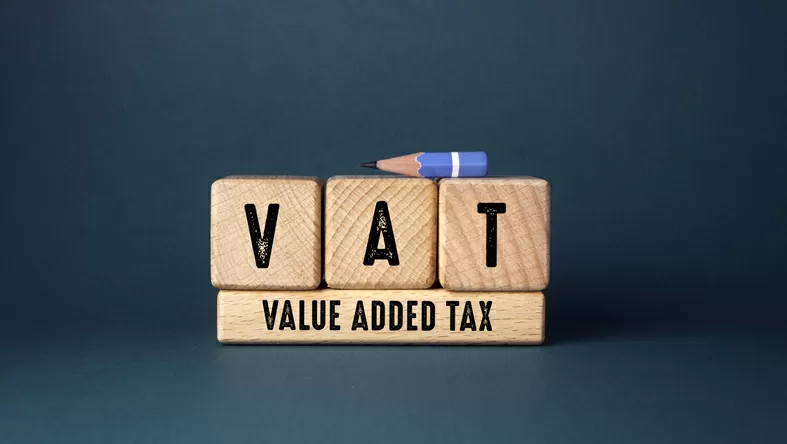As a small business owner in the UK, it’s important to understand the ins and outs of VAT (Value Added Tax) and how it affects your business. One of the key aspects of VAT is the issuance of VAT invoices, which are essential for keeping track of your business transactions and claiming back VAT on your purchases. In this article, we will discuss what you should include in your VAT invoice and provide a handy template to help you get started.
Firstly, let’s understand what a VAT invoice is and why it’s important. A VAT invoice is a document that contains all the necessary information about a business transaction, including the amount of VAT charged. It serves as proof of the transaction and is required by HM Revenue and Customs (HMRC) for VAT purposes. As a small business owner, it’s your responsibility to issue VAT invoices to your customers for every sale you make.
So, what should you include in your VAT invoice? Here are the key elements that must be present in a VAT invoice:
1. Your business details: This includes your business name, address, and VAT registration number. Make sure this information is accurate and up-to-date.
2. Invoice number and date: Each invoice should have a unique number and the date on which it was issued. This helps with record-keeping and makes it easier to track your transactions.
3. Customer’s details: The invoice should also include your customer’s name, address, and VAT registration number (if applicable). If you’re selling to an individual, you can simply include their name and address.
4. Description of goods or services: This is where you list the items or services you have provided to your customer. Be specific and include the quantity, unit price, and total price for each item.
5. VAT rate and amount: For each item on your invoice, you must state the VAT rate and the amount of VAT charged. The standard VAT rate in the UK is currently 20%, but there are also reduced rates and exemptions for certain goods and services.
6. Total amount due: This is the total amount your customer needs to pay, including VAT. Make sure this is clearly stated on your invoice.
7. Payment terms: It’s important to specify the payment terms on your invoice, such as the due date and accepted payment methods. This helps avoid any confusion or delays in payment.
Now that you know what to include in your VAT invoice, let’s take a look at a sample template to help you get started:
[Your business name and address]
VAT registration number: [Your VAT registration number]
Invoice number: [Unique invoice number]
Date: [Date of issue]
[Customer’s name and address]
VAT registration number: [Customer’s VAT registration number (if applicable)]
Description of goods/services | Quantity | Unit price | Total price
[Item 1] | [Quantity] | [Unit price] | [Total price]
[Item 2] | [Quantity] | [Unit price] | [Total price]
[Item 3] | [Quantity] | [Unit price] | [Total price]
Subtotal: [Subtotal amount]
VAT rate: [VAT rate]%
VAT amount: [VAT amount]
Total amount due: [Total amount due]
Payment terms: [Specify payment terms here]
Thank you for your business!
Issued by: [Your business name and signature]
We hope this template will help you create your own VAT invoices and keep your business transactions in order. Remember, issuing accurate and timely VAT invoices is crucial for your business’s compliance with HMRC regulations.
In conclusion, as a small business owner in the UK, it’s important to understand the importance of VAT invoices and what information should be included in them. By following the guidelines and using the template provided, you can ensure that your VAT invoices are accurate and compliant, making it easier for you to manage your business finances. Stay organized and keep your business running smoothly with proper VAT invoicing.

